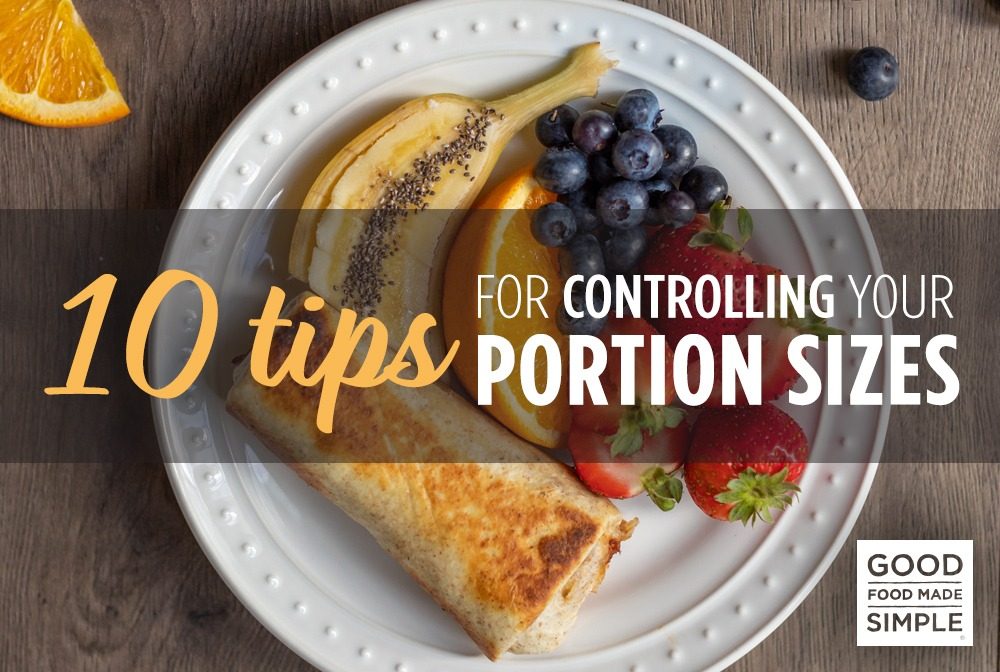Mastering Portion Control: Practical Tips for Healthier Eating


Introduction
Effective portion control is a fundamental aspect of maintaining a healthy diet. Learning how to manage portion sizes can prevent overeating, support weight management, and contribute to overall well-being. Let’s delve into practical tips that can help you master portion control for healthier eating habits.
Understand Serving Sizes
One of the first steps in managing portion sizes is understanding standard serving sizes. Familiarize yourself with recommended portion sizes for different food groups. This knowledge provides a foundation for making informed choices and preventing unintentional overconsumption.
Use Visual Cues
Visual cues can be powerful tools for portion control. For example, a serving of lean protein is approximately the size of a deck of cards, while a serving of grains is about the size of a tennis ball. Use these visual references to estimate appropriate portions, especially when dining out or in situations where measuring isn’t practical.
Choose Smaller Plates
Opting for smaller plates can create an illusion of a fuller plate and contribute to a satisfying meal experience. Larger plates may lead to larger portions, as there’s a tendency to fill available space. Using smaller plates helps regulate portion sizes without feeling deprived.
Listen to Your Body
Pay attention to your body’s hunger and fullness cues. Eating slowly and savoring each bite allows your body time to signal when it’s satisfied. This mindful approach can help prevent overeating and promote a healthier relationship with food.
Be Mindful of Liquid Calories
Liquid calories can contribute significantly to overall calorie intake, often without providing a feeling of fullness. Be mindful of portion sizes when consuming beverages like juices, sodas, and high-calorie coffee drinks. Opt for water or herbal teas to stay hydrated without the added calories.
Pre-portion Snacks
Snacking can be a pitfall for overconsumption. Pre-portion snacks into smaller containers or bags to avoid mindlessly eating from larger packages. This simple step helps control portion sizes and promotes balanced snacking.
Don’t Skip Meals
Skipping meals may lead to overeating later in the day. Ensure you eat regular, balanced meals to maintain energy levels and control hunger. When meals are well-balanced, it’s easier to manage portion sizes and make mindful food choices.
Measure Occasionally
While measuring every meal may not be practical, occasional measuring can provide valuable insights into portion sizes. Measure out foods for a few days to recalibrate your understanding of portion sizes. This awareness can benefit long-term portion control efforts.
Fill Half Your Plate with Vegetables
Vegetables are nutrient-dense and low in calories, making them an excellent choice for promoting portion control. Aim to fill half your plate with a variety of colorful vegetables. This practice naturally limits the space available for higher-calorie options.
Practice Moderation, Not Deprivation
Mastering portion control is about moderation, not deprivation. Allow yourself to enjoy your favorite foods in reasonable amounts. Completely avoiding certain foods may lead to cravings and potentially overeating when you finally indulge.
In conclusion, tips for managing portion sizes are essential for creating sustainable and healthy eating habits. Incorporating these strategies into your routine can support weight management and overall well-being. For more information on mastering portion control, visit Tips for managing portion sizes.








